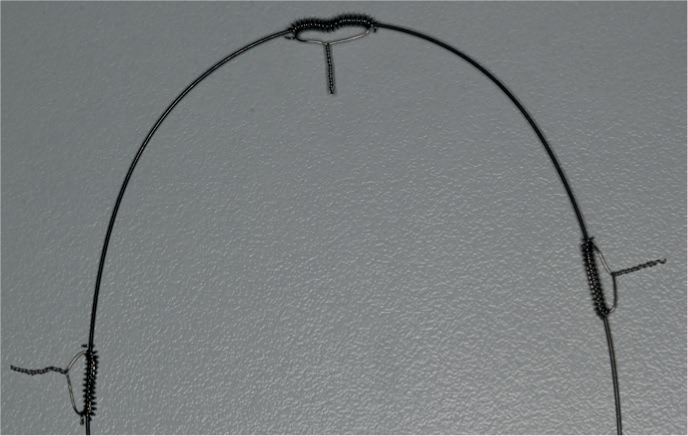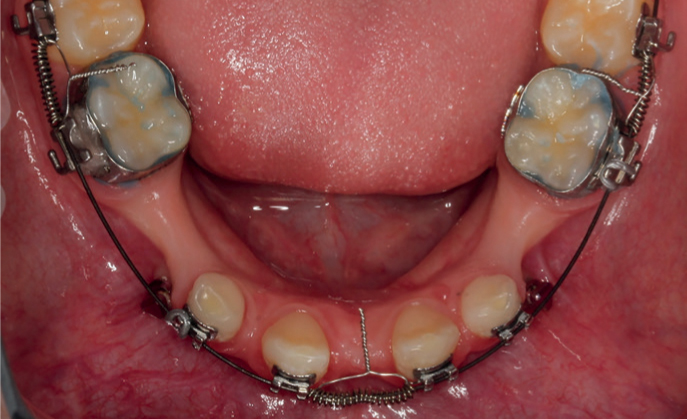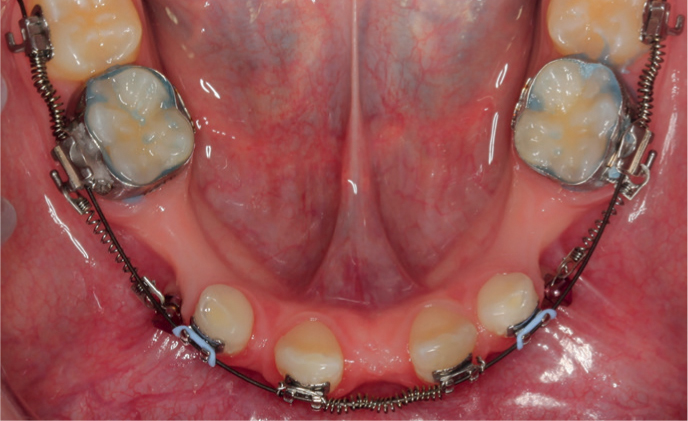Article
When a compressed section of open Nickel Titanium push coil has to be placed between two teeth, either to re-open a narrow interdental space or perhaps to distalize posterior teeth, it is sometimes quite tricky to compress the coil at the same time as seating the archwire. Tying-in the archwire to the teeth immediately adjacent to the coil with metal ligatures can also be challenging. The springs tend to overlap the brackets until the spring is compressed in position and the wire is fully seated.
These issues can both be avoided with the use of a metal ligature used to compress the coil on the archwire prior to placement in the mouth. The single thickness of ligature is threaded inside the coil, once on the archwire (Figure 1), and the ligature is tightened with a Spencer Wells clip (Figure 2). The archwire can then be easily seated without the coil impinging on the adjacent tooth, which is then secured to the wire with a metal ligature (Figure 3). The wire ligature is subsequently cut and removed, allowing the spring to fill the interbracket space completely (Figure 4).
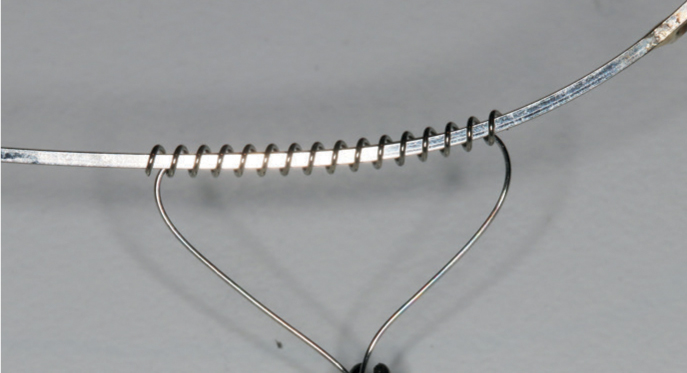
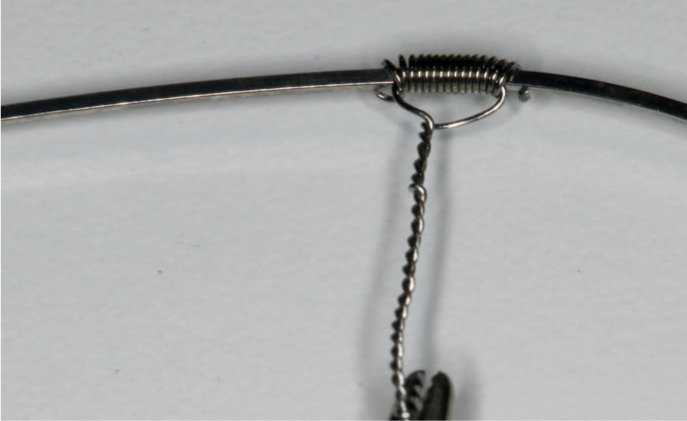
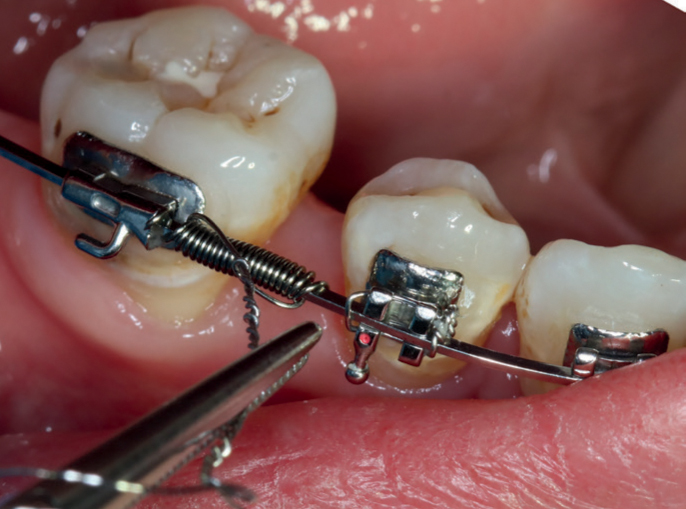
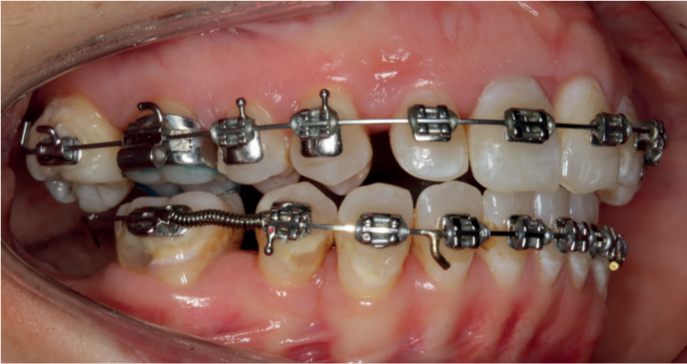
In the first case illustrated, as the molar distalizes, subsequent re-activation of the spring can be carried out by adding successive 2–3 mm stainless steel split tubing ‘spacers’, in front of the spring (Figure 5).
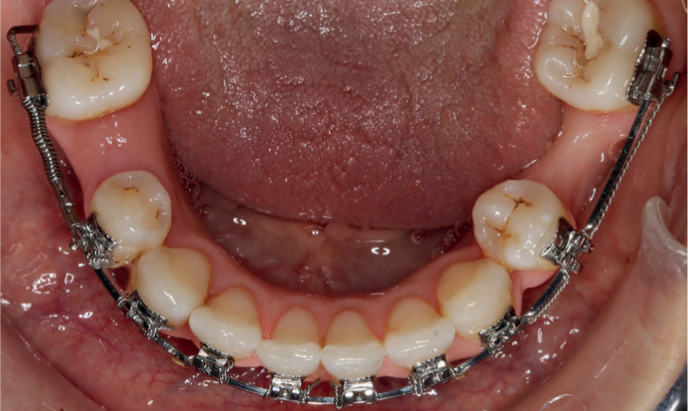
This technique is particularly useful if multiple coils are being placed at one time within the same arch. In the second case, the patient has oligodontia and careful space opening is required to maximize the use of the few permanent teeth available. This technique greatly simplifies placement of the archwire when a number of compressed coils are required (Figures 6, 7 and 8).
